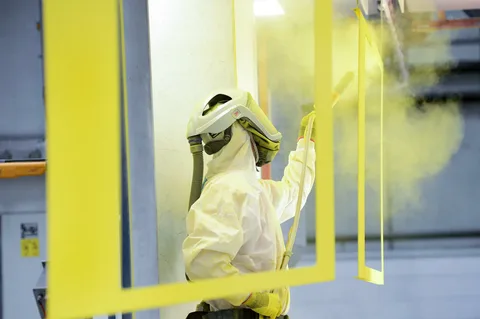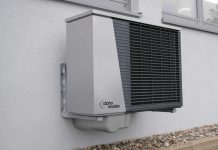In modern manufacturing, the choice of finishing method can significantly influence product longevity, performance, and overall production efficiency. As industrial demands continue to evolve, so do the techniques used to protect and enhance the surfaces of manufactured components.
Two of the most common approaches—powder coating and traditional liquid paint—have long been used to fulfill these needs. However, a closer comparison reveals important distinctions that manufacturers must consider when choosing between the two.
Examining Application and Coverage
Powder coating differs in its application method, relying on an electrostatic process that charges the powder particles and adheres them to a grounded surface. Once the object is coated, it is cured in a high-temperature oven, forming a solid, durable finish. This process enables even, thick coverage without the need for multiple coats, reducing overspray and minimizing waste.
In contrast, traditional paint is applied as a liquid through spraying, brushing, or rolling. Multiple coats are often necessary to achieve full coverage, especially for parts with intricate geometry or uneven surfaces. Liquid paint can also run, sag, or produce inconsistencies, particularly if not applied under controlled conditions.
From an operational perspective, the powder coating process tends to be more streamlined once the initial setup is complete. The absence of solvents and drying time between coats often results in shorter total finishing times. Liquid paint, on the other hand, may require extended drying periods and controlled environments to ensure a proper cure and optimal adhesion.
Evaluating Durability and Performance
Durability is often a deciding factor in manufacturing environments where parts are exposed to friction, chemicals, or changing temperatures. Powder coatings are widely known for their superior resistance to chipping, scratching, and fading. The baked-on finish forms a tight molecular bond that resists environmental wear and tear, making it well-suited for high-traffic, outdoor, or industrial uses.
Traditional paints, although versatile, typically do not offer the same level of resilience unless enhanced with additional treatments or clear coats. Over time, painted surfaces may become vulnerable to peeling, corrosion, or UV damage, particularly if exposed to harsh environments without proper maintenance.
In manufacturing, where long-term product integrity often influences customer satisfaction and brand reputation, a more durable finish can also mean fewer returns and lower maintenance requirements. This makes powder coating a compelling option in industries where consistency and resilience are paramount.
Considering Environmental and Safety Factors
As sustainability becomes a growing concern in manufacturing, the environmental impact of coating processes is receiving greater scrutiny. Powder coating stands out as a more eco-conscious choice, largely because it contains no solvents or volatile organic compounds (VOCs). Overspray can be collected and reused, significantly reducing waste.
On the other hand, traditional paints often contain solvents that emit VOCs during application and drying. These emissions can pose health risks to workers and may require special ventilation systems to meet regulatory standards. Additionally, disposal of paint waste and solvent-contaminated materials adds to environmental compliance challenges.
Given that industrial powder coating services are increasingly designed with sustainability in mind, this shift also supports a broader movement toward greener manufacturing practices. Companies looking to align with environmental standards may find powder coating aligns better with their long-term goals.
Analyzing Cost and Operational Impact
Cost considerations are multifaceted and depend on production volume, part complexity, and facility capabilities. Powder coating typically has a higher upfront investment due to the equipment needed for electrostatic application and curing ovens. However, it often proves more economical over time, especially in large-scale operations where the efficiency, durability, and reduced waste of powder coating offset initial expenses.
Traditional paint may require less initial capital, making it a viable option for smaller operations or those with limited resources. Yet ongoing costs related to multiple coats, longer drying times, environmental controls, and frequent touch-ups can accumulate over time, affecting overall productivity.
In manufacturing settings that prioritize throughput and operational efficiency, the long-term savings offered by powder coating can be a strategic advantage. Reducing downtime and rework not only boosts profitability but also strengthens consistency in product appearance and performance.
Weighing Practicality and Versatility
While powder coating offers numerous benefits, it does have limitations in terms of material compatibility. It works best on metal surfaces and requires objects to withstand high curing temperatures. In contrast, traditional paint offers greater versatility across materials such as plastics or composites, making it suitable for mixed-material assemblies.
Therefore, manufacturers must assess the practicality of each method based on their specific needs. In cases where heat-sensitive components are involved or where only small production runs are needed, traditional paint might be more suitable despite its drawbacks.
Ultimately, both finishing methods have their place in manufacturing. The decision hinges on the end-use conditions, desired longevity, budget, and sustainability priorities.










